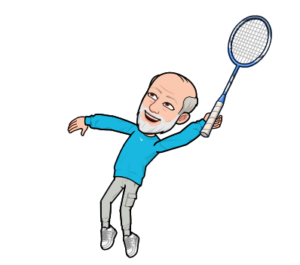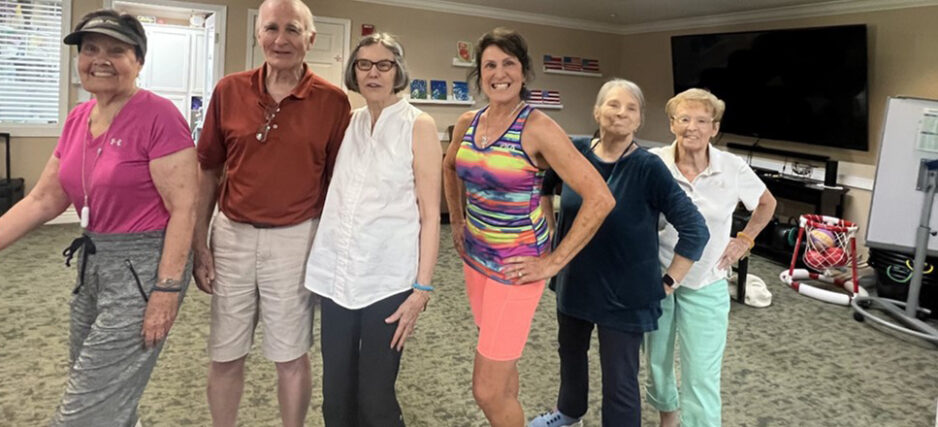More than 50 businesses, nonprofit agencies, and public service organizations will be represented .
Older adults seeking employment can make plans to attend a Job Fair that will be held in tandem with the 2024 Wellness Fest that will take place at the Goebel Adult Community Center in Thousand Oaks on Wednesday, January 17.
The Workforce Committee of the Ventura County Area Agency on Aging’s Advisory Council is putting on the Job Fair, which will run from 9 a.m. to 1 p.m. that day.
Employers who are confirmed to be at the event include:
- America’s Job Center of California
- Boys & Girls Club
- City of Thousand Oaks
- Conejo Valley Unified School District
- County of Ventura
- Villa Esperanza
“We’re excited to offer this opportunity to our older-adult residents in Ventura County, and we’re thankful for the employers who will be partnering with us for this first-time event,” said William Nelson, chair of the VCAAA’s Workforce Committee. “It should be a day of meaningful connections and opportunities. We have a goal of helping employers create a thriving and inclusive workforce for all ages, and we think that there’s a real benefit when they hire an older adult who brings wisdom and experience to the job.”
The Wellness Fest is being put on by the Conejo Senior Volunteer Program, and more than 50 businesses, nonprofit agencies, and public service organizations will be represented, including the VCAAA.
For more information about the Job Fair or VCAAA programs, call (805) 477-7300, or visit vcaaa.org.
The Ventura County Area Agency on Aging, a division of the County of Ventura’s Human Services Agency, is charged with the responsibility to promote the development and implementation of a comprehensive coordinated system of care that enables older individuals, children and adults with disabilities, and their caregivers to live in a community-based setting. The VCAAA advocates for the needs of those 60 years and older in the county, providing leadership and promoting citizen involvement in the planning process as well as in the delivery of services.




